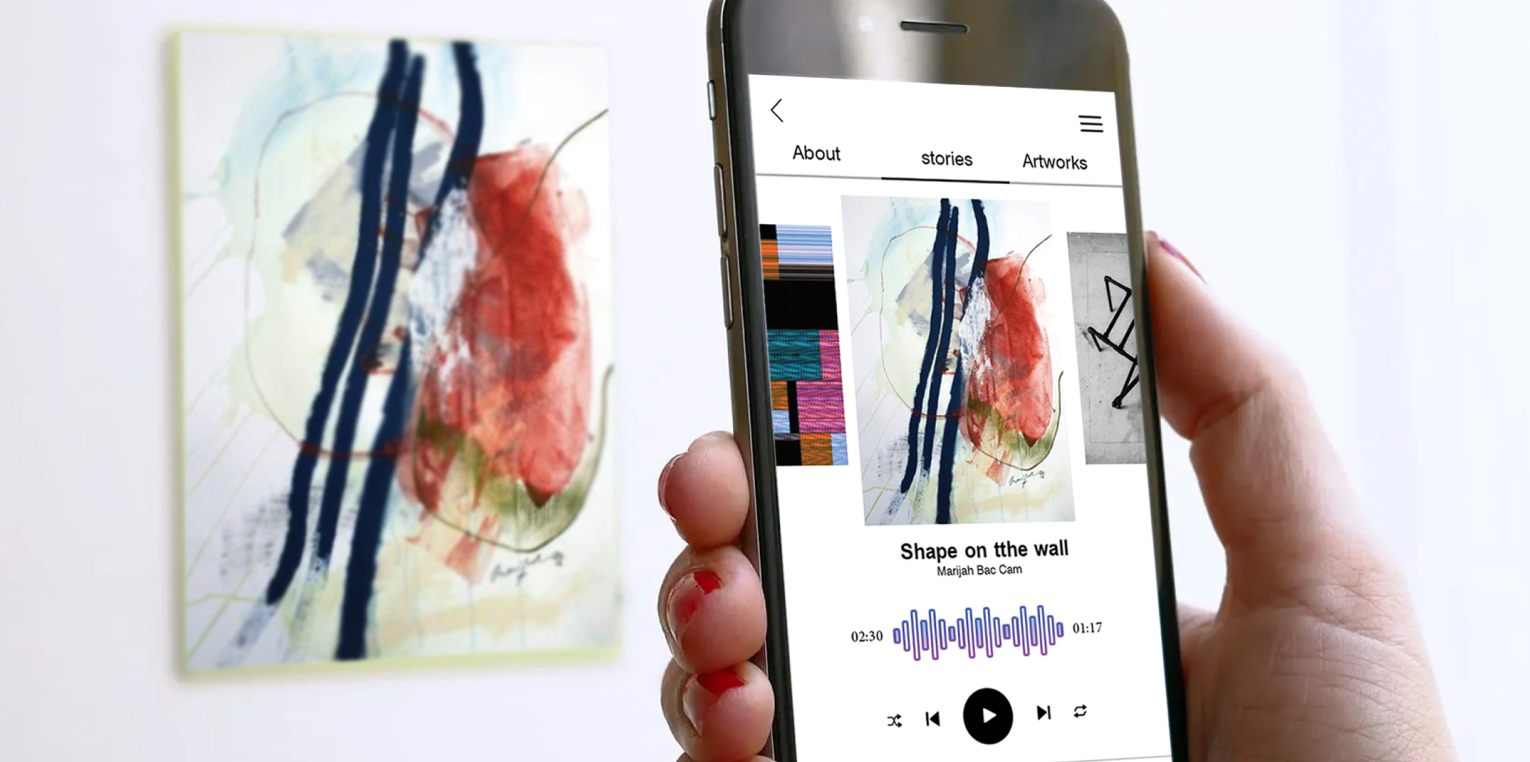Beyond Browsing: Increase
user engagement through
Interactive Storytelling in
Museums

Beyond Browsing: Increase
user engagement through
Interactive Storytelling in
Museums

Meme-Art is a digital storytelling museum aimed at increasing visitor engagement. The project focuses on creating an online platform where visitors can share memes and stories related to museum exhibits.

The future of museums lies in fostering digital connections. Meme-Art proves that humor and interactivity can bridge the gap between audiences and art.
Talayeh Dehghani

The client is a consortium of museums seeking to increase visitor numbers and engagement by leveraging digital technology. Their goal is to transform the museum experience from passive observation to active participation through interactive storytelling.
Despite efforts such as special events and free Sundays, museums face a persistent challenge: a lack of visitors. Competing with entertainment industries for audience attention, museums struggle to maintain visitor interest, comfort, and engagement. The key problem is finding innovative ways to make museum visits more interactive and enjoyable.
Role
2 UX designers
1 Design Lead
Throughout this project, we employed a data-driven process to ensure our design decisions were informed by user behavior and preferences. This approach not only strengthens the user experience but also allows for continuous improvement based on real-world data collected after the app's launch..

The participants were asked about their experiences visiting museums and their thoughts on how museums could be more engaging.Participants aged 18-26 and 26-50, divided into two groups visiting three museums in Switzerland.The Focus was on gathering feedback on their experiences and identifying friction points.

User experience mapping was then used to create a visual representation of the user journey through a museum. This helped to identify pain points and opportunities for improvement.
Analysis revealed that younger generations prefer engaging, interactive experiences.
Main friction points included the lack of digital interaction and the need for active engagement.

The result showed that Museums with active social media presences that encourage user-generated content (UGC) like memes or reactions to exhibits.
Institutions using interactive displays or augmented reality (AR) experiences.
Museums with gamified elements that reward visitors for exploration or learning.
Online platforms or apps dedicated to digital storytelling around art or cultural artifacts.


The ideation phase in the Memo-Art project was a crucial step where the team brainstormed and developed innovative solutions to address the identified challenges in museum visitor engagement.

Evaluated the ideas generated during brainstorming based on feasibility, potential impact, and alignment with project goals.
Developed initial concepts for digital storytelling platforms, interactive exhibits, and mobile applications.
Focused on creating a seamless integration of digital interactions within the museum environment.
Created low-fidelity prototypes of the proposed solutions to visualize and test the concepts.
Developed wireframes and mockups for the digital storytelling platform, highlighting key features and user flows.
Used prototyping tools to simulate AR and VR experiences, allowing the team to refine the concepts based on early feedback.

Based on the first round of testing we could validate the concept and identify the features that aims to solve the problem of ComX team. We conducted several rounds of testing before developing these features:
Digital Storytelling Platform: A robust platform allowing visitors to engage with museum exhibits through immersive storytelling. Features included interactive narratives, multimedia content, and personalized visitor journeys.

AR and VR Experiences: Concepts for using AR to provide additional context and information about exhibits, and VR to create fully immersive historical or artistic experiences.


Interactive Sections: Designed sections where visitors could interact with digital replicas of artifacts, explore their history, and understand their significance through engaging stories.
Museums and art galleries are already full of knowledge, and of the desire to engage people in a dialog. It is now the time for them to step beyond one-off experiments and get serious about AR. Museums should bring together storytellers, artists, and opportunities that AR offers.

